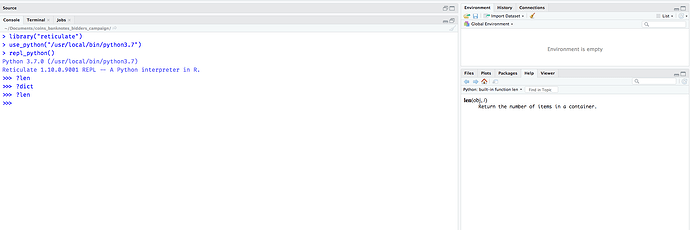

The values in R match with those in our dataset. Once you run the above code in R, you’ll get this simple DataFrame: Name Age Note that it’s necessary to place quotes around text (for the values under the Name column), but it’s not required to use quotes around numeric values (for the values under the Age column). Using the first template that you saw at the beginning of this guide, the DataFrame would look like this: Name <- c("Jon", "Bill", "Maria", "Ben", "Tina") The goal is to capture that data in R using a DataFrame. Let’s start with a simple example, where the dataset is: Name Next, you’ll see how to apply each of the above templates in practice. )ĭf <- ame(first_column, second_column)Īlternatively, you may apply this syntax to get the same DataFrame: df <- ame (first_column = c("value_1", "value_2". You can define a tibble row-by-row with tribble(): tribble ( ~ x, ~ y, ~ z, "a", 2, 3.6, "b", 1, 8.5 ) #> # A tibble: 2 × 3 #> x y z #> #> 1 a 2 3.6 #> 2 b 1 8.Generally speaking, you may use the following template in order to create a DataFrame in R: first_column <- c("value_1", "value_2". You can read more about these features in vignette("tibble"). Tibble() does much less than ame(): it never changes the type of the inputs (e.g. it keeps list columns unchanged, and never converts strings to factors!), it never changes the names of variables, it only recycles inputs of length 1, and it never creates row.names(). You can also create a new tibble from column vectors with tibble(): tibble (x = 1 : 5, y = 1, z = x ^ 2 + y ) #> # A tibble: 5 × 3 #> x y z #> #> 1 1 1 2 #> 2 2 1 5 #> 3 3 1 10 #> 4 4 1 17 #> 5 5 1 26 This will work for reasonable inputs that are already ames, lists, matrices, or tables.

Create a tibble from an existing object with as_tibble(): data a b c #> 1 1 a #> 2 2 b #> 3 3 c as_tibble ( data ) #> # A tibble: 3 × 3 #> a b c #> #> 1 1 a #> 2 2 b #> 3 3 c


 0 kommentar(er)
0 kommentar(er)
